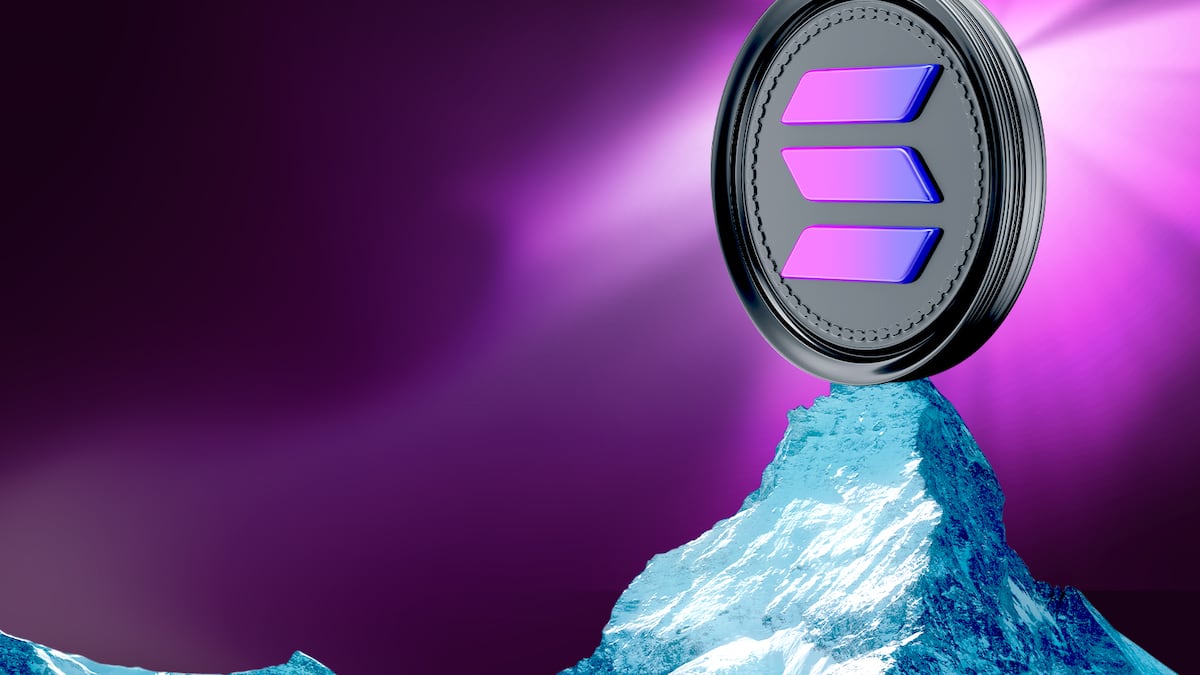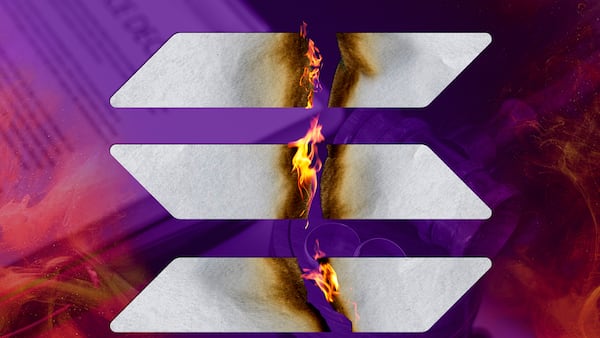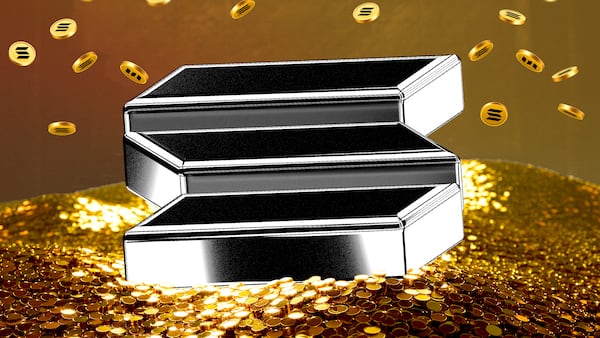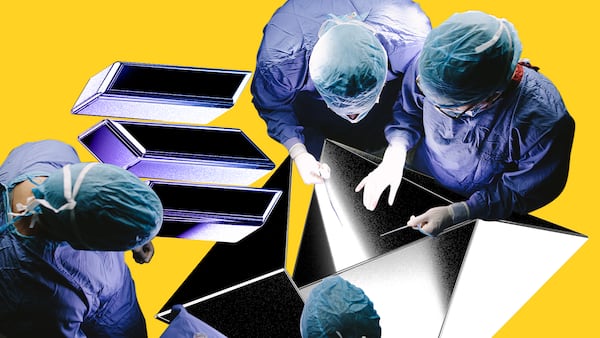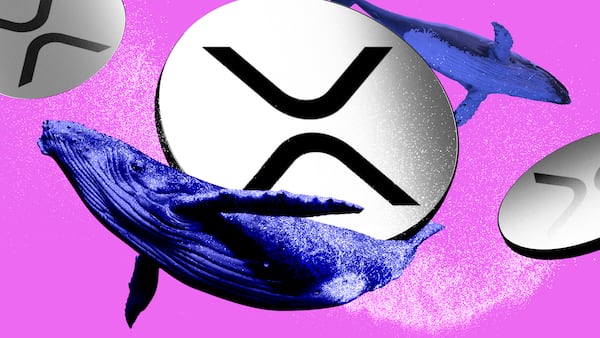A version of this article appeared in our The Decentralised newsletter on May 20. Sign up here.
- Solana upgrade would change the blockchain's consensus mechanism.
- But Alpenglow is focused on speed.
- Faster than other blockchains?
GM, Aleks here.
Is Solana about to get its own “Merge” moment?
The short answer: yes. Let me explain.
The Merge was a 2022 upgrade that saw the Ethereum blockchain change its consensus mechanism, the rules that determine how the network of independent computers running Ethereum reach consensus on the validity of every transaction.
On Monday, a trio of Solana researchers from Solana Labs spinoff Anza proposed a seemingly seismic change to Solana’s consensus mechanism, dubbed “Alpenglow.”
(The trio attended ETH Zurich, one of the world’s premier universities for science and technology, and named their upgrade after the lovely, pinkish light that graces Swiss mountaintops at dusk and dawn.)
But the Merge was about the planet — its chief goal was reducing Ethereum’s energy use by an estimated 99%.
All about speed
Alpenglow is about speed.
The researchers ran some tests: if adopted, Alpenglow would reduce Solana’s latency — the time it takes to finalize a block of transactions — from just under 13 seconds to as little as a tenth of a second.
“Alpenglow is not only a new consensus protocol, but the biggest change to Solana’s core protocol since, well, ever,” they write in a blog post describing the technology.
“It means Solana can compete with Web2 infrastructure in terms of responsiveness, potentially making blockchain technology viable for entirely new categories of applications that demand real-time performance.”
Online, some suggested Nasdaq’s days as the home of financial markets were numbered.
Arielle Pennington, head of communications at the Solana Foundation, put it in practical terms: “Apps that feel like TikTok. Payments that settle instantly. Games without lag.”
Roger Wattenhofer, one of the researchers that built Alpenglow, put it in crypto terms at Accelerate, a weeklong Solana conference taking place in New York this week, when he pointed out that the fastest blockchains claim latency of 400 milliseconds.
“Really, we will be much faster than all the other blockchains,” he said, allowing that he was making an “apple to slightly different apple comparison.”
Alpenglow could go live as early as the end of this year or early 2026, according to Wattenhofer.
Solana, like any good blockchain, has a democratic method for making major upgrades, and Alpenglow will have to go through that process.
Recently, a proposed change to Solana’s tokenomics failed after a wave of late no-votes. But Wattenhofer, speaking onstage in New York, sounded confident.
“This is going to be the new consensus protocol of Solana,” he said at the top of his presentation.
It already has buy-in from some of Solana’s most powerful figures, including co-founder Anatoly Yakovenko and developers Mert Mumtaz.
Top DeFi stories of the week
This week in DeFi governance
PROPOSAL: Aave DAO considers activating “umbrella” security feature
VOTE: Arbitrum DAO votes to implement Ethereum Pectra upgrade
PROPOSAL: Derive considers sale to Synthetix
Post of the week
French crypto entrepreneur Marc Zeller is very, very worried about all the kidnappings in his home country.
All these kidnappings in France are frightening.
— Marc “Billy” Zeller 👻 🦇🔊 (@lemiscate) May 13, 2025
I live in constant fear that they will kidnap my mother-in-law, who lives at 36 bis Rue Rivay, 92300 Levallois-Perret.
She gets off work at 6pm
Got a tip about DeFi? Reach out at aleks@dlnews.com.


